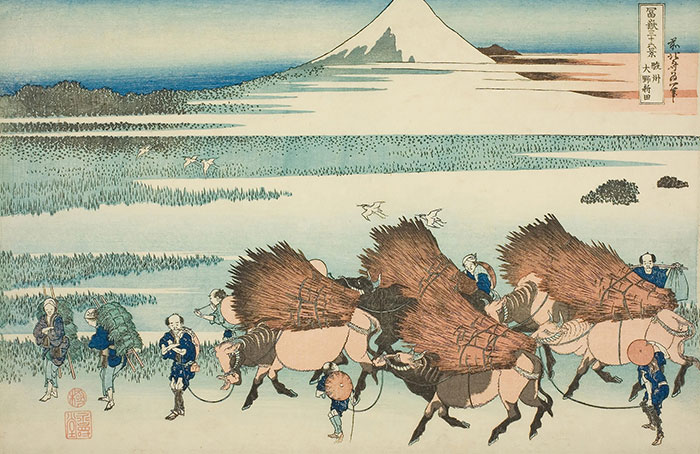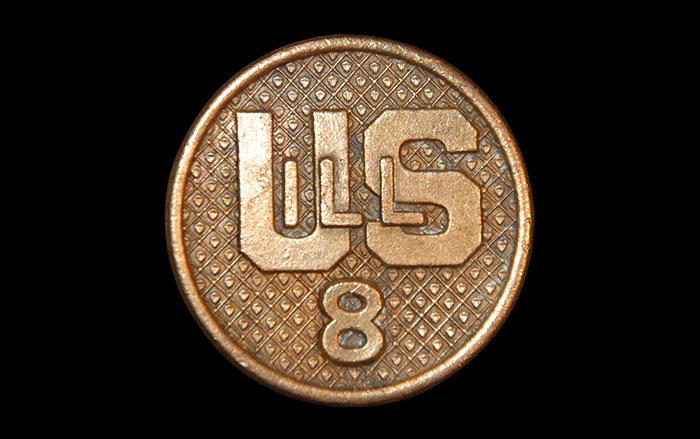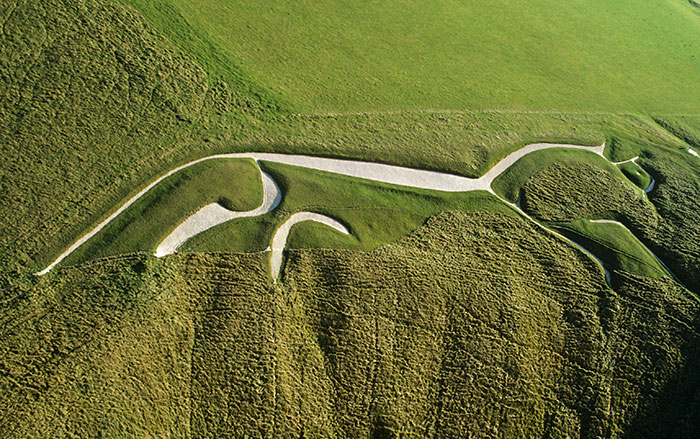CHIKUZEN, JAPAN—According to a report in The Asahi Shimbun, researchers have detected traces of carbide, thought to have been used as ink, on a piece of sandy shale recovered in 2003 at the Yakushinoue ruins in northern Kyushu. The stone, now broken in two, has the classic shape of a suzuri, or ink stone. It measures about six inches long, two inches wide, and less than one-half inch thick. Writing is thought to have been introduced along the coasts of Japan, where people had contact with other cultures. Scholars use ink stones to track how writing spread. “This is the first finding unearthed inland to be confirmed as an ink stone,” said Yasuo Yanagida of Kokugakuin University. The identification of this stone suggests that writing was practiced by the people of the Yayoi Pottery Culture over a wider area than had been previously thought. For more, go to “Japan’s Early Anglers.”
2,000-Year-Old Ink Stone Identified in Japan
News November 14, 2017
Recommended Articles
Features May/June 2025
Lost City of the Samurai
Archaeologists rediscover Ichijodani, a formidable stronghold that flourished amid medieval Japan’s brutal power struggles

Digs & Discoveries March/April 2023
Weapons of Choice

Digs & Discoveries January/February 2022
Japan's Genetic History


-
Features September/October 2017
Painted Worlds
Searching for the meaning of self-expression in the land of the Moche
 (Courtesy Lisa Trever)
(Courtesy Lisa Trever) -
Letter from California September/October 2017
The Ancient Ecology of Fire
Lessons emerge from the ways in which North American hunter-gatherers managed the landscape around them
 (Justin Sullivan / Gettyimages)
(Justin Sullivan / Gettyimages) -
Artifacts September/October 2017
Gilded Copper Color Disc
 (Courtesy Illinois State Military Museum)
(Courtesy Illinois State Military Museum) -
Digs & Discoveries September/October 2017
White Horse of the Sun
 (Skyscan Photolibrary / Alamy)
(Skyscan Photolibrary / Alamy)


